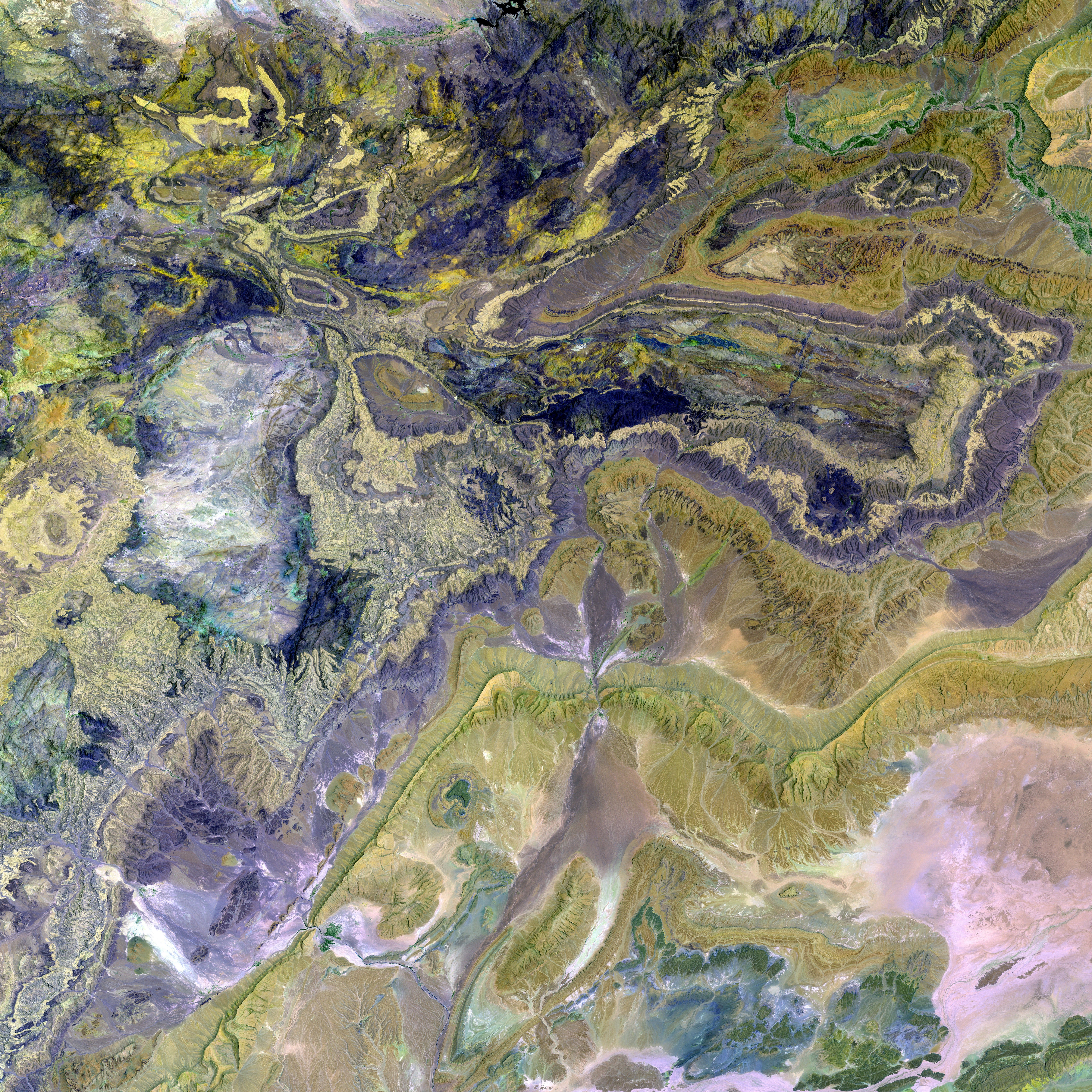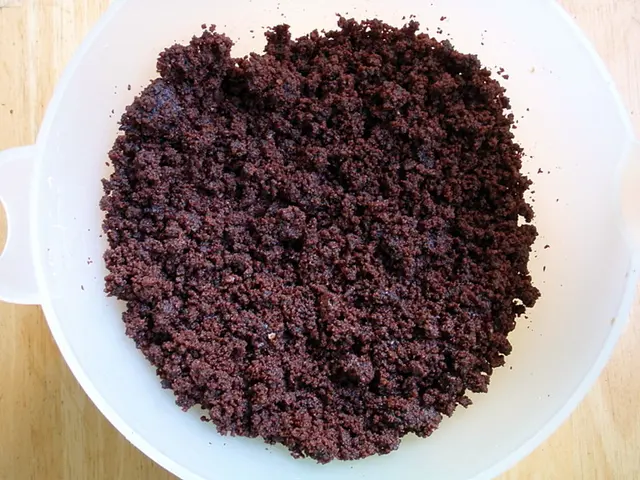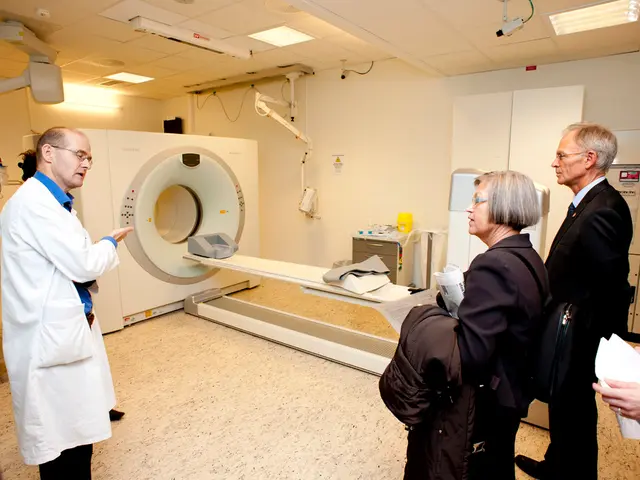Distinguishing Age Spots from Skin Cancer: A Guide to Recognition
Aging can bring about some changes on our skin, and one of the most common ones are age spots. These spots, often called liver spots or solar lentigines, are completely benign and don't call for any treatment. However, they might look similar to skin cancer, leading to confusion.
Understanding the differences between age spots and skin cancer can help catch the latter early and allow for prompt treatment. Both conditions frequently appear on sun-exposed areas of the body like the face, hands, and shoulders.
Here are a few key differences between age spots and skin cancer:
Age Spots
Age spots are small, flat, round or oval spots on the skin that vary in color from light brown to black. They typically appear on sun-exposed areas and tend to stay visible and often darken with age. These spots have even coloration and smooth, well-defined edges, and they generally do not change significantly over time.
Skin Cancer
Skin cancer can present as various types, including basal cell carcinoma, squamous cell carcinoma, and melanoma. Each type may have distinct appearances:
- Basal Cell Carcinoma: Small, pearly bump, often red or pink with possible blue, black, or brown areas, raised edges, and a lower center.
- Squamous Cell Carcinoma: Red or darkened scaly patches, raised lumps with a depressed center, wart-like growths, or open sores that don't heal.
- Melanoma: Irregularly shaped moles or spots with uneven borders, multiple colors (brown, black, red, white, or blue), rapid changes in size or color following the ABCDE rule: Asymmetry, irregular borders, uneven coloration, a diameter larger than 6mm, and evolving shape or size.
In addition, skin cancer may lead to symptoms such as itching, bleeding, oozing, or crusting that age spots do not cause. Open sores that fail to heal over weeks or months may be a sign of skin cancer.
If you notice an irregular mole or spot with asymmetry, irregular borders, varied coloration, and rapid changes, seek a dermatologist's opinion immediately, as prompt diagnosis and treatment can potentially save lives in the case of skin cancer.
Regarding treatment, age spots do not require medical intervention since they are benign. However, cosmetic treatments are available to lighten or remove age spots, including topical agents, chemical peels, or laser therapy. Sun protection is crucial to prevent the development and progression of both age spots and skin cancer.
- As we age, one common skin change is the formation of age spots, often found on sun-exposed areas like the face, hands, and shoulders.
- Age spots are typically small, round or oval, and vary in color from light brown to black, with even coloration and smooth, well-defined edges.
- Skin cancer, on the other hand, presents in various forms such as basal cell carcinoma, squamous cell carcinoma, and melanoma, each having distinct appearances.
- Basal cell carcinoma may appear as small, pearly bumps with possible blue, black, or brown areas, raised edges, and a lower center.
- Squamous cell carcinoma shows up as red or darkened scaly patches, raised lumps with a depressed center, wart-like growths, or open sores that do not heal.
- Melanoma is characterized by irregularly shaped moles or spots with uneven borders, multiple colors, rapid changes in size or color, and a diameter larger than 6mm.
- Signs of skin cancer often include symptoms like itching, bleeding, oozing, or crusting, which are not associated with age spots.
- Open sores that do not heal over weeks or months, or an irregular mole or spot with asymmetry, irregular borders, varied coloration, and rapid changes, should be evaluated by a dermatologist immediately for potential skin cancer. While age spots don't require medical intervention, prompt diagnosis and treatment are crucial for skin cancer, and sun protection is essential to prevent both conditions.








